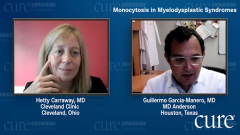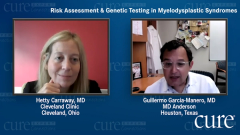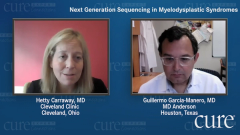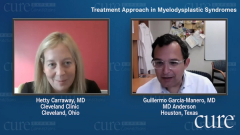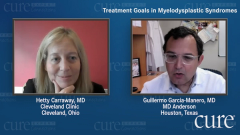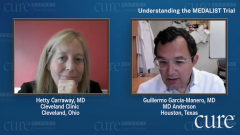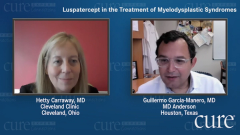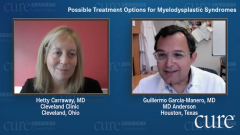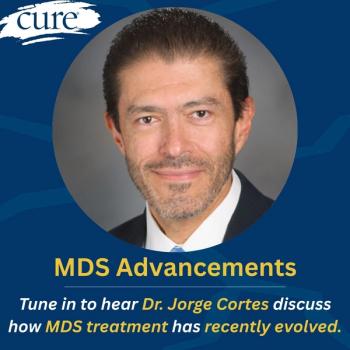
NGS in Myelodysplastic Syndromes
Episodes in this series

Hetty Carraway, MD: I think the biggest message is that, at the time of diagnosis, we recommend sending off a mutation test called a next-generation sequencing test, or NGS testing. By and large, my experience is that most any patient that goes through a bone marrow biopsy is having next-generation sequencing done, and it can take two to three weeks to get that information. It may not be something you hear about at the time of diagnosis, but after two or three weeks, that information should come back and your doctor should go over it. Sometimes, it can come back after such a long time that it’s lost in the shuffle. It’s one of those things where you really want to make sure you get that information from your physician and talk about the results for the mutation testing.
I would agree that the reasons it’s helpful are threefold as Guillermo just talked about. It’s helpful for prognostication, in terms of whether it’s TP53, which is a gene that is more worrisome for a disease that can be refractory to therapy and quickly progress to a more aggressive kind of cancer called acute myeloid leukemia. The predictive use is helpful in terms of if the MDS [myelodysplastic syndromes] will be more likely to respond to specific types of therapies. We’ll talk about that in relation to agents including luspatercept. It’s even helpful with germline predisposition.
Although it’s rare, this is a very exciting area of research, and many of us are interested in better understanding why it is that certain patients have MDS or succumb to MDS at some point, whether it’s a treatment-related MDS or something that happened out of the blue, and if there is some biological rationale for why some patients get this versus others. Our understanding is that the genetic or germline predisposition to MDS is incredibly rare, but we want to understand the underpinnings of the disease and those familial situations so that we have a better handle on the disease in and of itself and how best to treat it or even potentially prevent it. Prevention is the dream for many of us who spend our lives invested in managing and treating this disorder.
Transcript Edited for Clarity


